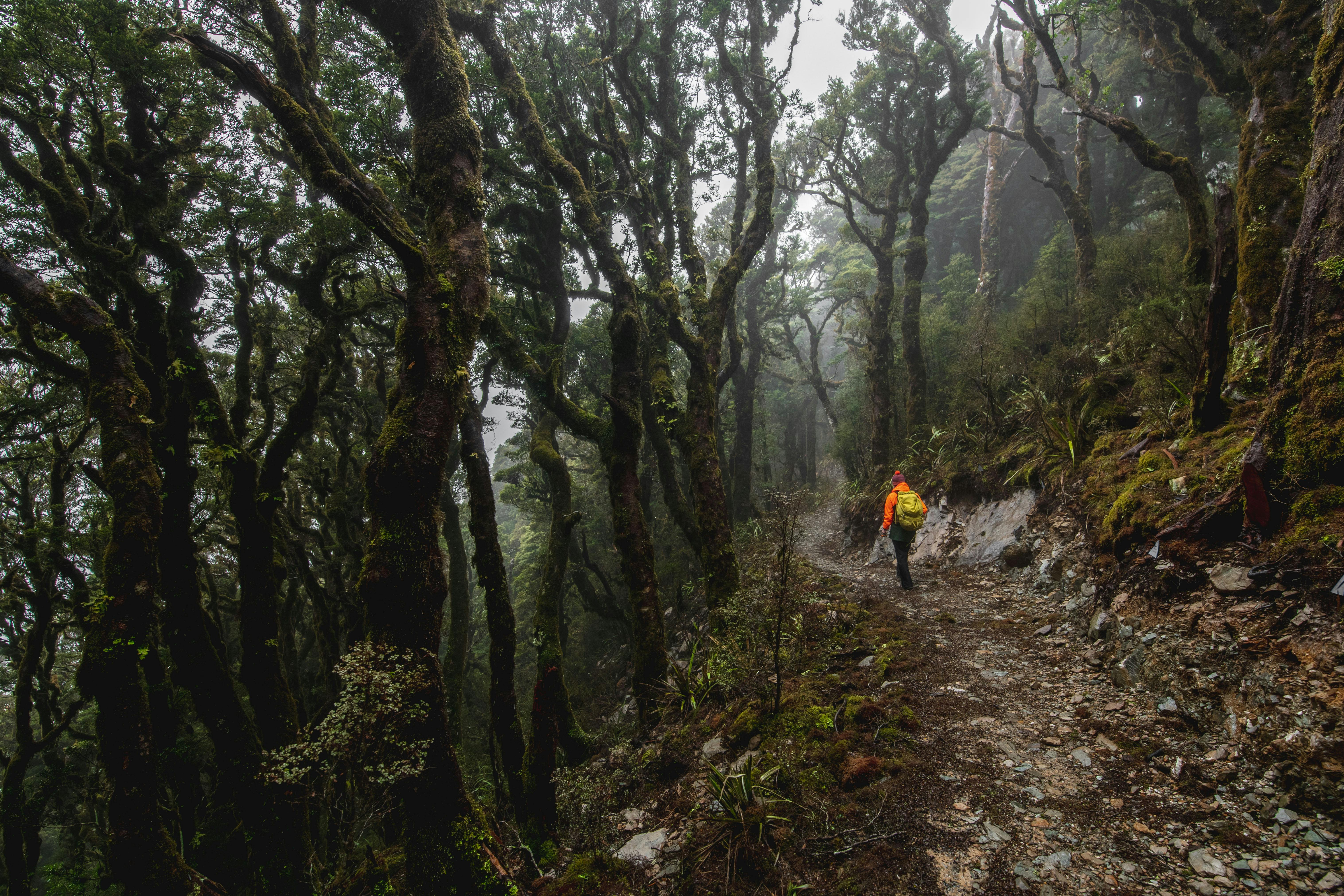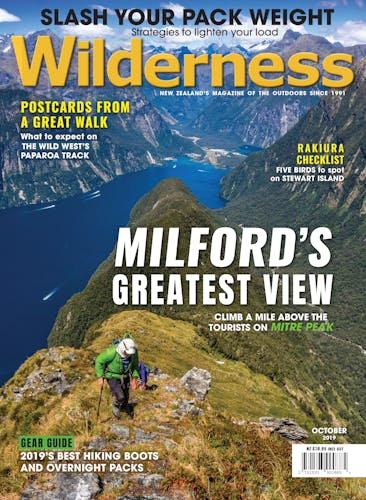From its rugged rainforest to shrouded tops, diversity on the new Paparoa Track Great Walk rivals the Heaphy. Matthew Cattin enjoyed a sneak peak of the western gem
I’m five minutes’ from SH6 when a smile finds my lips.
It’s shortly after seven on a cool August morning, and I’m alone on the track, following the Pororari River into its spectacular limestone gorge.
Everything drips in this scrappy jungle of moss and kiekie, and its liveliness is tangible to my mood.
Rain at dawn has spread an even shine over a gorgeous palette of greens, yellows and blacks, and the coffee-hued river hits me like the caffeine shot I didn’t have time for.
Proud nīkau reach above the canopy like school children with burning questions, their fronds spread and eager for the golden morning light.
I marvel at the track’s proximity to Punakaiki. The popular seaside town is so near, I can hear the Tasman’s angry pounding echo up the gorge. How has this stayed hidden on my numerous visits here?
Reaching a sweeping bend in the river, the view opens up for the track’s first postcard moment, just as the sunlight hits the southern flanks of the lush valley.
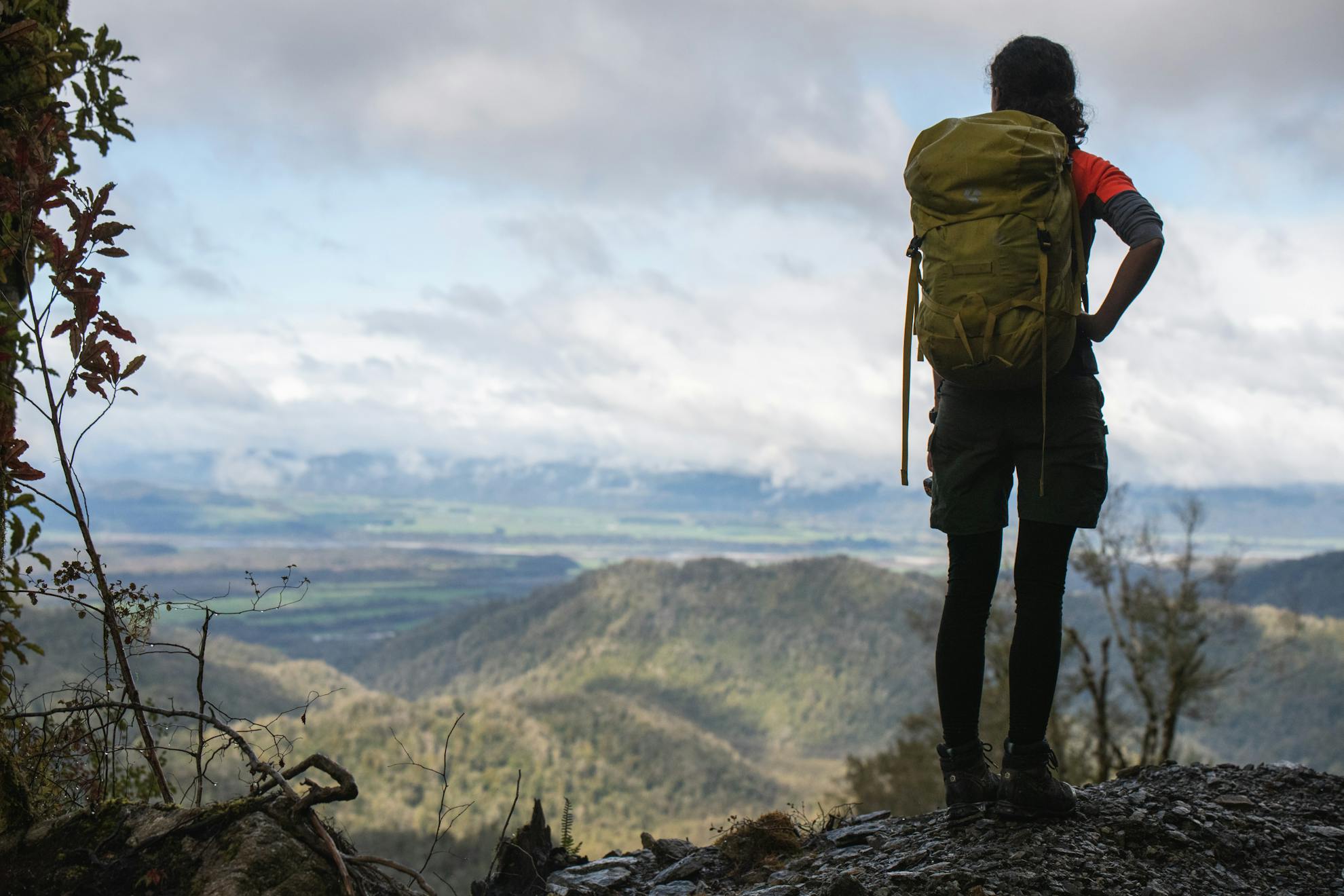
I stand in silent awe for 10 minutes, watching the warm line of gold creep from the treetops to kiss the sheer limestone.
It’s a grand finish line for the new Paparoa Track, and I put myself in the boots of trampers soon to be completing the Great Walk here – will the gorge’s unforgettable guard of honour light up their faces too? I don’t see how it couldn’t.
The countdown is on for the next wild walk of the west, and the communities here are holding their breath in anticipation of December 1.
Bunk night targets have been smashed, and DOC knows the pressure is on to get it right from day one.
At the time of my visit, the track sits at a touch over 80 per cent completed, but as the West Coasters know too well, mother nature can fight back root and vine in Paparoa.
Slips can devour metres of hard-won track in seconds, and windfall can topple trees like matchsticks – a weather event can turn the tides on a dime.
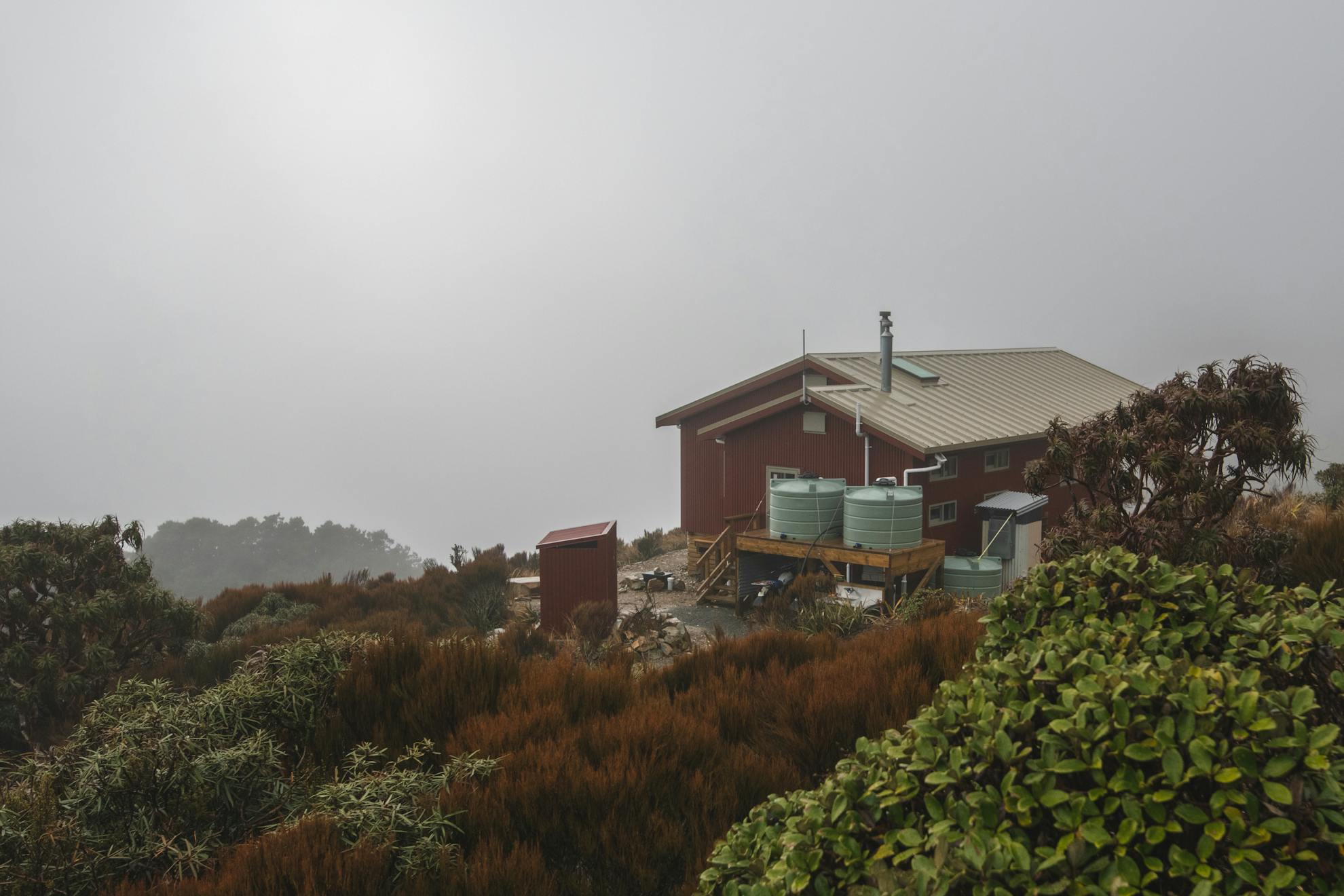
But the land is resilient, and so are its people.
On any given day there are as many as 60 workers scattered across the track’s 55km length, digging, levelling and blasting their way through the sprouting collision of limbs, leaves, and rock.
At the Punakaiki end of the track, we meet the workers carving out the final downhill sprint of the mountain biking track, which splits off from the Great Walk before the finish line to allow walkers and bikers their own space.
As we ascend through the vibrant rainforest, the track degrades from crisp gravel to exposed wooden corduroy placed like railway tracks, to mud so thick, it holds your boots’ full attention.
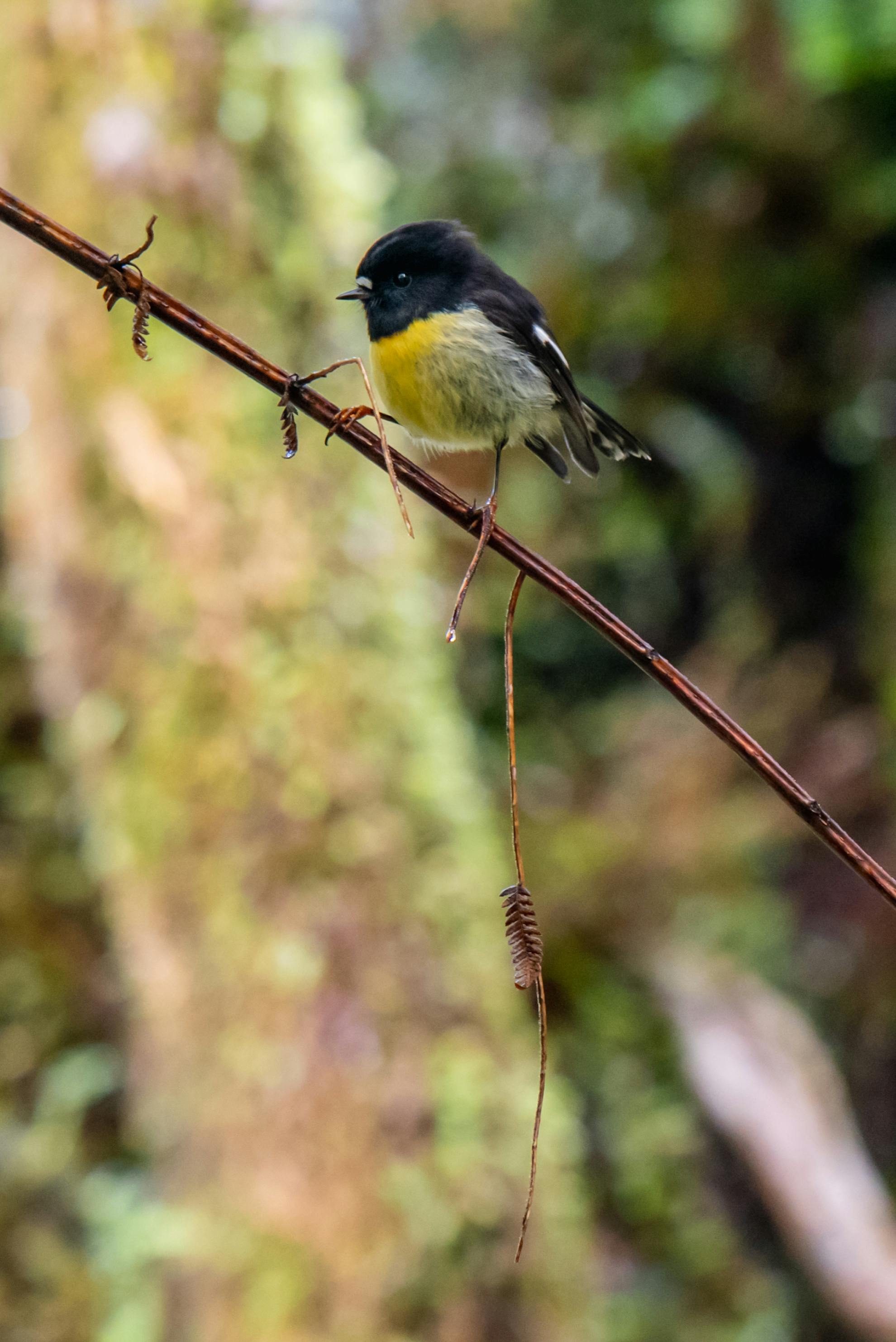
As we ascend through the vibrant rainforest, the track degrades from crisp gravel to exposed wooden corduroy placed like railway tracks, to mud so thick, it holds your boots’ full attention.
At the end of a line, a clashing orange digger sits retired for the day, and beyond it, the scrapheap of bush awaits, intimidatingly thick and wild.
The magnitude of the task ahead overwhelms me, but the workers are cool as cucumbers. Slow and steady they say – forget about the deadline and get the job done right the first time.
There is pride here, and so there should be – the Paparoa Track is the first Great Walk to be built from the ground up, and only a fraction of its length uses pre-existing track networks.
The goal, DOC says, is to make the new track look like it’s been there for 10 years after a few months of use, and the remedial work really is fantastic.
Scars in the landscape have been stitched with planting, and where possible, uprooted flora has found new footing trackside.
Even the track’s corners and camber have a natural feel, winding like supplejack through the forest, never exceeding six degrees of inclination – built with walkers and bikers in mind.
The Paparoa Track will always be linked to those lost in the Pike River Mine.
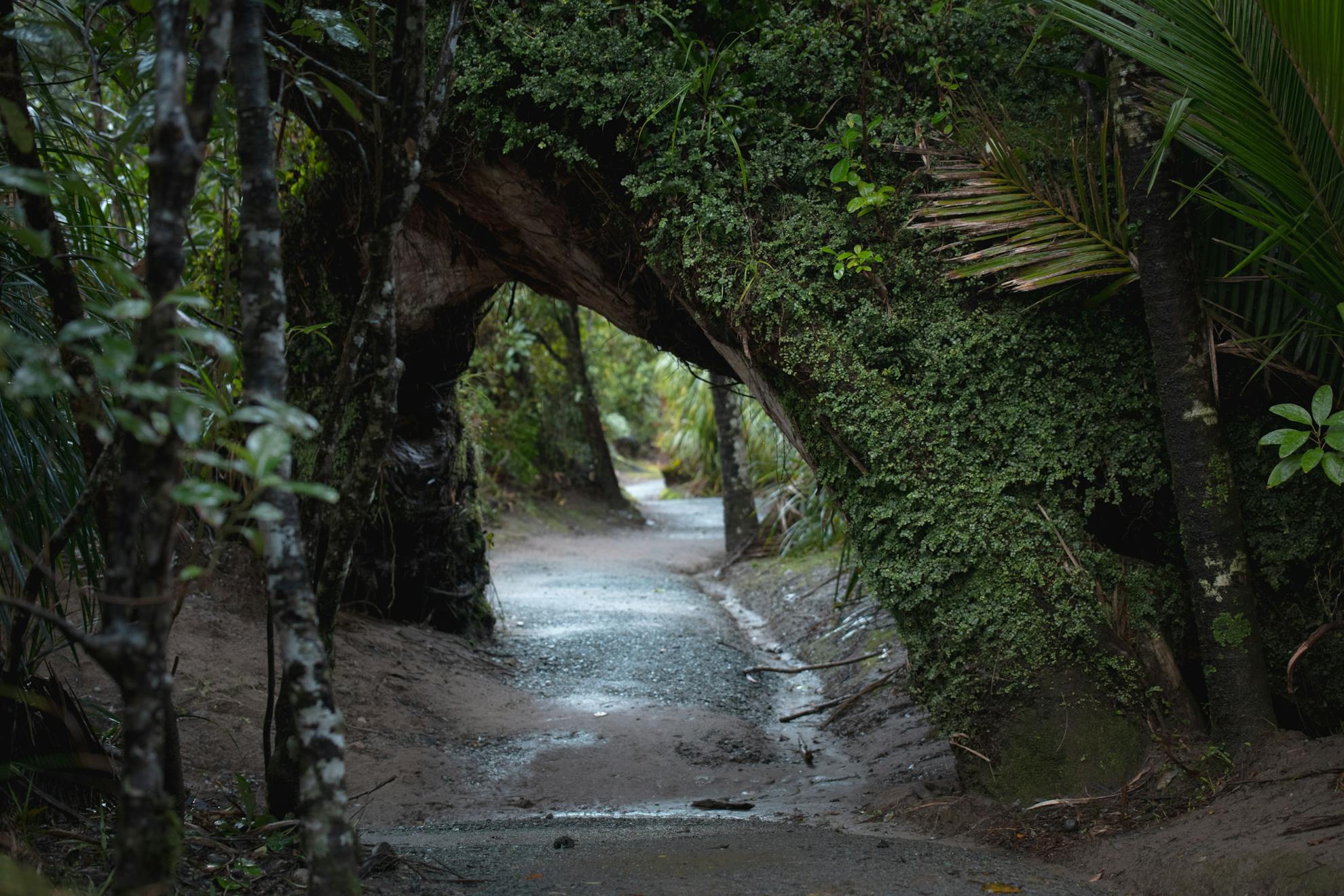
The previous day, I was taken to the site by DOC’s Lauren Kelley to explore a section of the Pike29 Memorial Track, which remains fenced off to the public.
Low cloud obscures the tops as we turn down the access road, soon passing 29 white crosses on the roadside, each with a helmet balanced on top.
Still waiting underground beneath this beautiful setting, the miners never stray far from people’s thoughts.
The track feels almost as old as the towering beech trees, trunks glistening with moss.
Aside from the occasional mechanical groan from the mine below, it is quiet here – no sound but the soft pitter of rain and the crunch of gravel. Tomtit and riflemen twit between trees above, occasionally catching my attention.
We ascend to a viewpoint kindly opened by a large slip, looking down to the range’s roots and the farmland beyond. It’s a good taster of what’s to come on the tops.
On the return drive we stop at the Atarau Road memorial.
Fresh flowers adorn 29 stones, all taken from the mine.
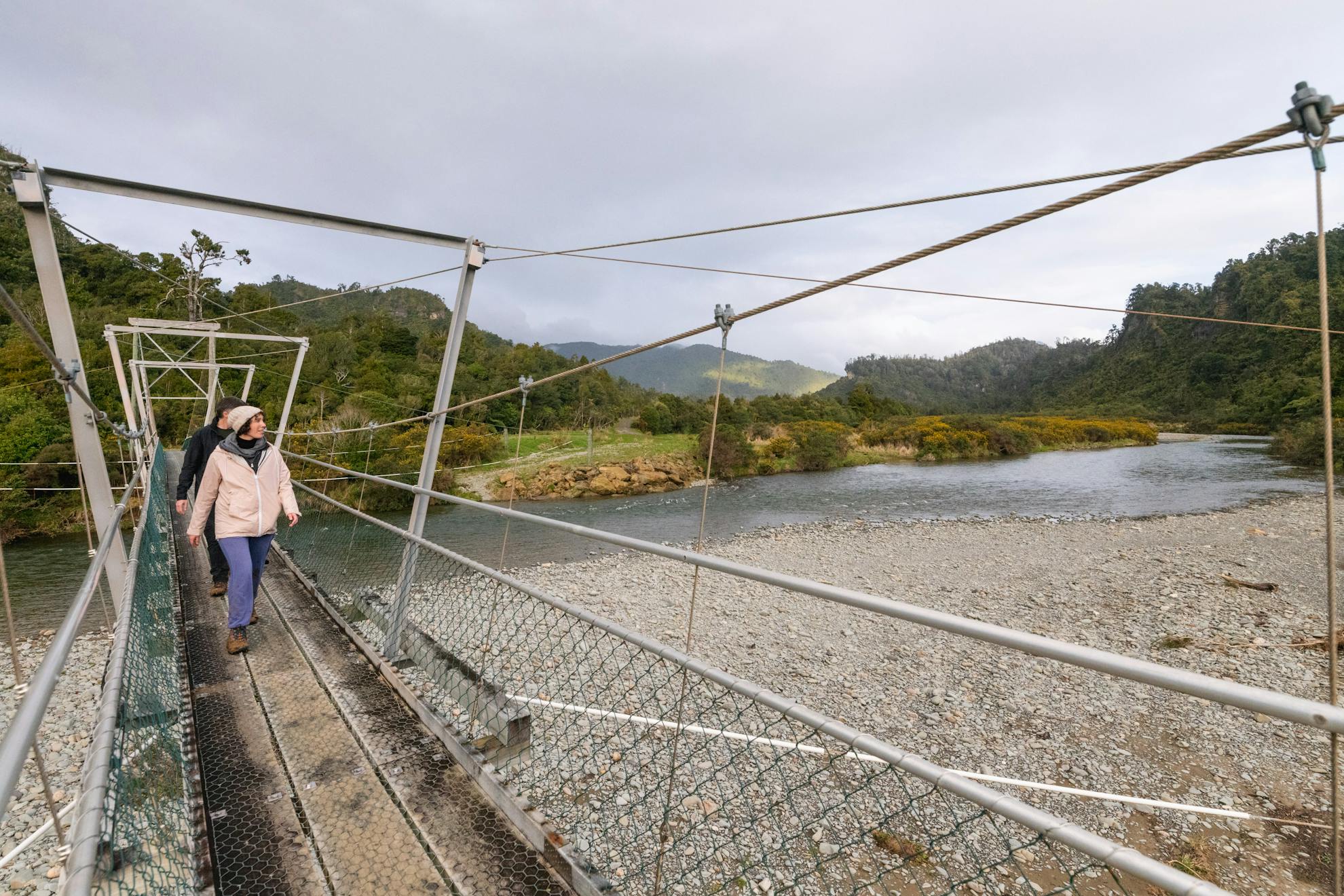
It feels well visited, and two men stop to pay their respects to a mate, brother, or son – nobody here has forgotten, but the track seems a fitting way to remember.
Blackball, more than any other community in the west, is bound to the success of the Great Walk.
Appointed as the gateway for the track, the quaint town of around 300 has responded with coats of paint and landscaping.
Accommodation options are popping up to handle the expected demand, and businesses are preparing to cater for walker and biker needs – it’s a town on the rise, and it’s readying for its newest chapter.
Jane Wells was a resident there for 25 years, before moving to Nelson with her partner Pat.
After a decade away, the Great Walk announcement convinced them to move back and open up accommodation.
“I’ve always wanted to come back, ever since we left,” Wells says. “I just had to talk the bloke into coming back.”
Two or three years ago, Wells says there were 30 Blackball properties on the market, and now there are none – “they’ve all been snapped up”.
“It’s such a neat wee town – everybody knows your business, but I’ve never minded that,” she says.
Wells looks forward to the influx of walkers and bikers, and is excited to walk the track herself in the off season.
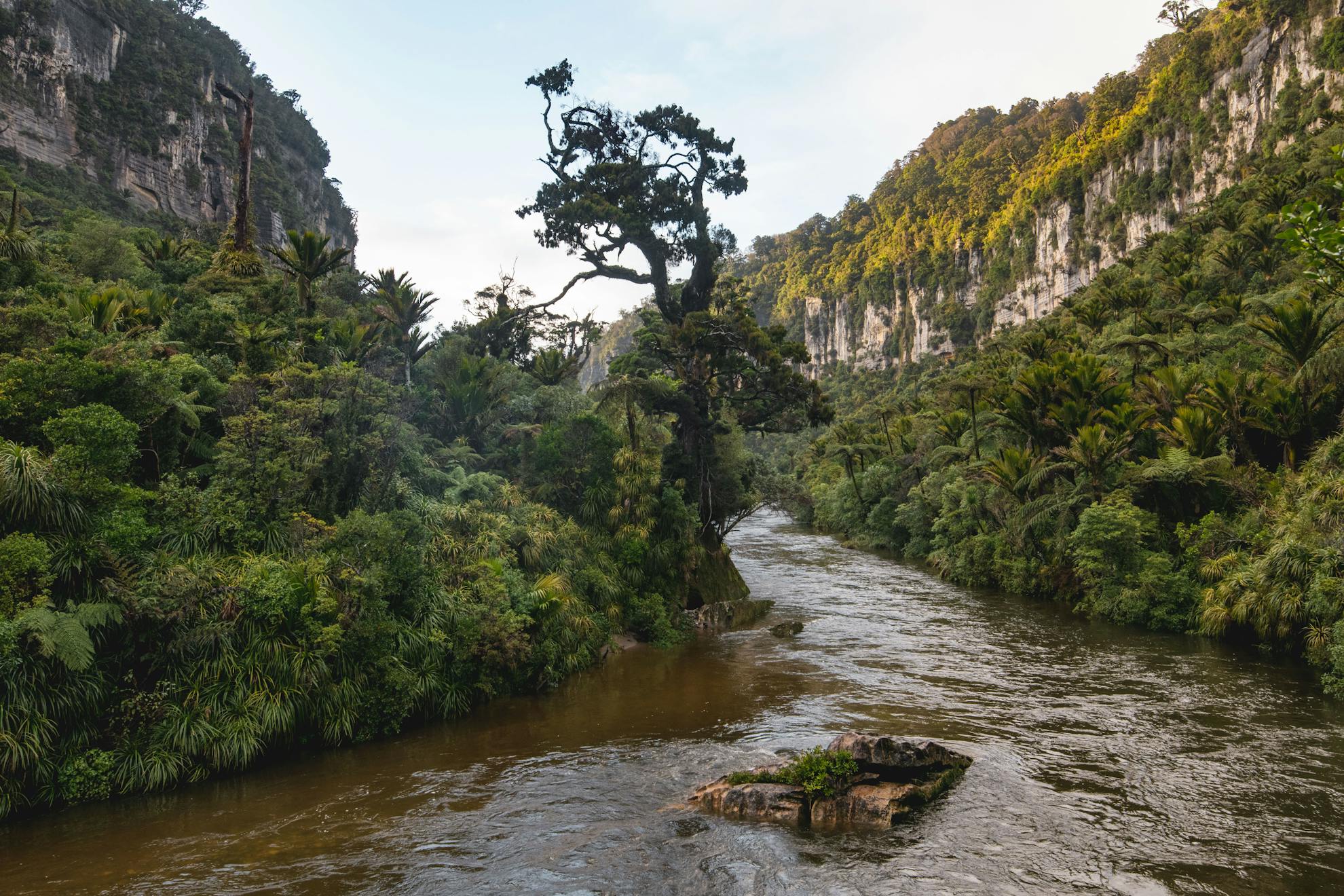
The track’s drawcard for many will be its spectacular tops, offering views of the lush Paparoa Ranges, snow-caked Southern Alps and far below, the Tasman Sea.
On the day we visit Moonlight Hut, however, the views are not to be. A thick soup of swirling mist wraps the tops in white, bringing flurries of snow, rain and a persistent biting wind.
The location is impressive even in its shroud, and the alpine tussock is dotted with quirky dracophyllum – a species that would look at home in an Aucklander’s Mediterranean garden.
The views from the hut are magnificent in fine weather, I’m told, showing off the coal seams in the escarpment, distinctive as zebra stripes. At night, the lights of Pororari Hut can be seen glowing to the north.
We walk towards the hut and encounter the gnarled goblin forest, moodily enhanced by the suffocating blanket of cloud. I’m impressed again by the distinctly diverse pockets of forest encountered on the track.
The boom of explosives reverberates – a reminder that my sense of isolation is unfounded, and scattered along its length are many hands hard at work.
We return to Moonlight Hut wet and cold – our plans of helicopter extraction looking unlikely in the conditions.
But our window opens, and in minutes we are crouched at the helicopter pad, listening to our pilot circle above, awaiting his moment of visibility to land.
An hour later, I’m sitting on the TranzAlpine train with muddy boots and a racing heart, having made it to the station just minutes before departure.
For the next five hours, I daydream of the west, disappearing behind me.
My experiences of the track were just a taste of what it has to offer, but more than enough to make me hungry for more. The weather protected its secrets this time, but I will be back.





